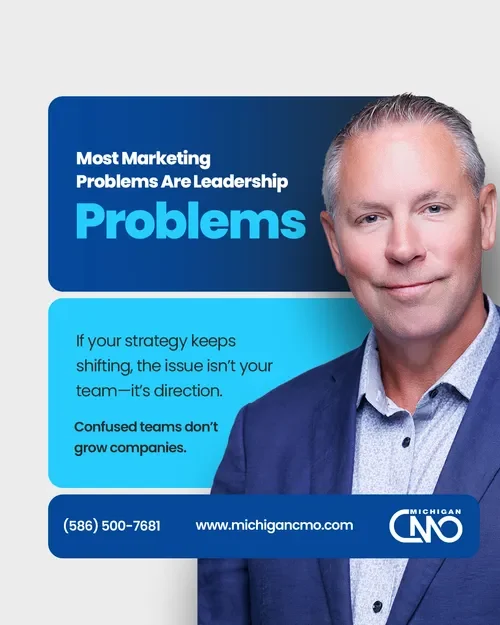
Introduction
Most marketing fails quietly. Not because of bad design or weak messaging, but because the hard work is never done.
Modern marketing is often mistaken for surface-level activities: creating content, posting on social media, sending newsletters. Those are distribution tactics—not strategy. They’re visible, but they’re not what drives meaningful results.
To build marketing that performs, you have to get comfortable doing the things most avoid: building backend systems, understanding your data, and engineering every stage of the customer journey with precision and purpose.
Let’s break down what that looks like.
The Strategic Core Most Brands Skip
Before any content or campaigns go live, there should be a clear structure behind the scenes. That starts with:
1. Audience Mapping
Who exactly are you trying to reach? Go beyond demographics. Map your audience’s pain points, decision-making process, and buying triggers. If you don’t know what they need, your messaging won’t land—no matter how polished.
2. Journey Design
Marketing should mirror the way people buy. That means planning every stage of the journey—from awareness to evaluation to action. Ask:
- How will someone discover us?
- What helps them trust us?
- What motivates them to take the next step?
3. Goal Alignment
Not all marketing is about leads. Sometimes it’s about positioning, reactivation, or retention. Be clear on what you want to achieve with every initiative. Vague goals like “increase brand awareness” often lead to equally vague execution.
Where the Real Work Lives: The Backend
Here’s where most campaigns fall apart—the backend buildout. This is the engine that makes your marketing work.
1. Data Infrastructure
If you can’t measure it, you can’t improve it. Yet too many businesses rely on vanity metrics like likes or impressions. Instead, set up real performance tracking:
- Lead source attribution
- Conversion paths
- Customer lifetime value
Use Google Analytics, UTM parameters, CRM reporting, and call tracking to see where your growth is really coming from.
2. Automation and Nurturing Systems
Most prospects won’t buy on the first visit. Or the second. That’s where automation comes in. Build sequences that:
- Greet new leads with value
- Follow up based on engagement
- Reactivate cold contacts
A well-built automation strategy supports your sales pipeline 24/7 without overloading your team.
3. CRM and Workflow Integration
Is your CRM just a digital Rolodex—or a tool for growth? Create workflows that move leads to the right stages, trigger task assignments, and surface the highest-value opportunities. This isn’t just about technology—it’s about building operational rhythm into your marketing.
Action Over Aesthetics: Execution with Purpose
Once the foundation is set, execution becomes easier and more impactful. But even here, discipline matters.
1. Content That Aligns to the Journey
Don’t just create for the sake of visibility. Match every piece of content to a purpose:
- Awareness: Thought leadership, educational posts
- Consideration: Case studies, comparisons
- Decision: Free trials, demos, consultations
2. Campaigns With Structure
Every campaign should have a beginning, middle, and end—along with metrics to evaluate success. Build timelines, triggers, and follow-ups. Don’t launch and hope. Launch, measure, and optimize.
3. Consistency Over Complexity
It’s easy to get distracted by trends. Focus instead on building consistent rhythms—weekly reporting, monthly audits, quarterly reviews. Small, consistent improvements outperform one-off creative bursts every time.
Final Thought: Marketing That Works Is Rarely Visible
The most effective marketing is often the least visible from the outside. It’s in the systems, the logic, the structure that quietly converts interest into revenue over time.
Anyone can run an ad. Post a reel. Launch a campaign.
But few build the backend that ensures those efforts pay off.
So if your marketing feels scattered, underwhelming, or just… stuck—go deeper.
Audit the strategy. Build the workflows. Set up the automation. Connect the dots from data to decision-making.
That’s where the real work lives. And that’s where the results begin.
Ready to Go Deeper? Start with This Marketing Backend Audit Checklist
If you’re serious about improving your marketing, don’t start with another piece of content start with the foundation.
Download My Intentional Marketing Framework: Backend Strategy Checklist

